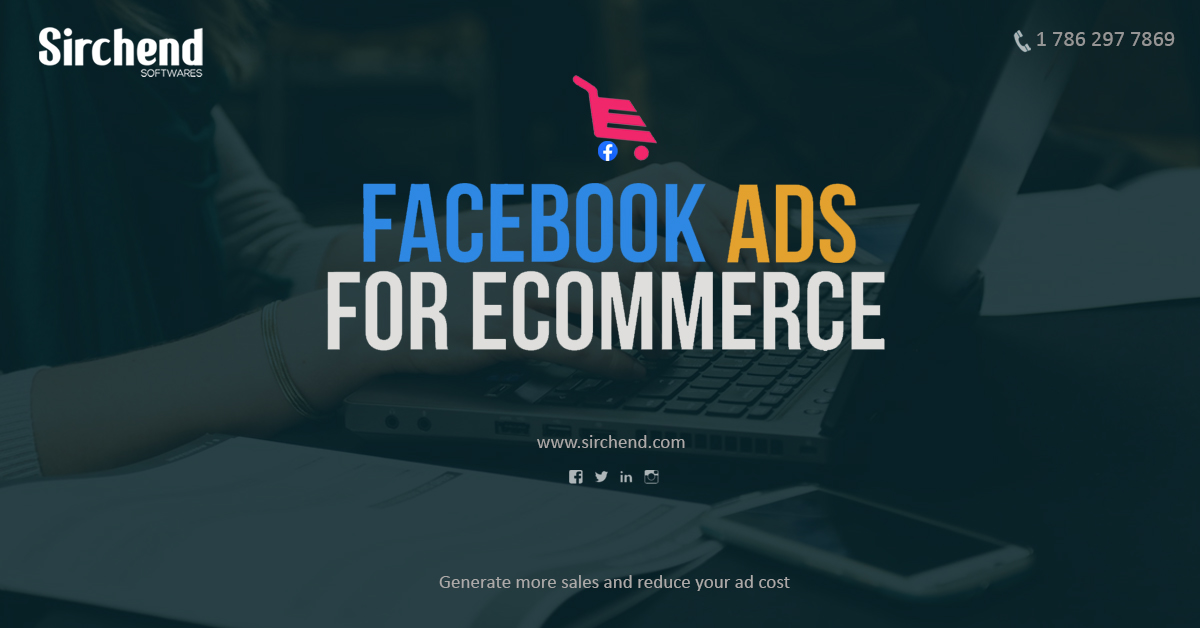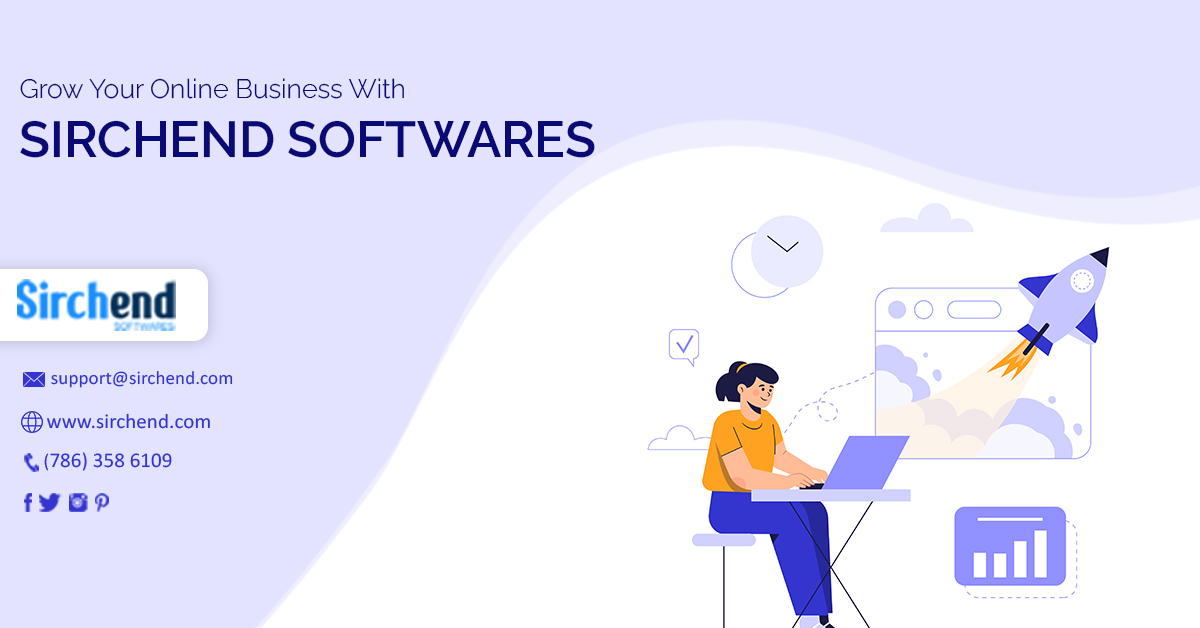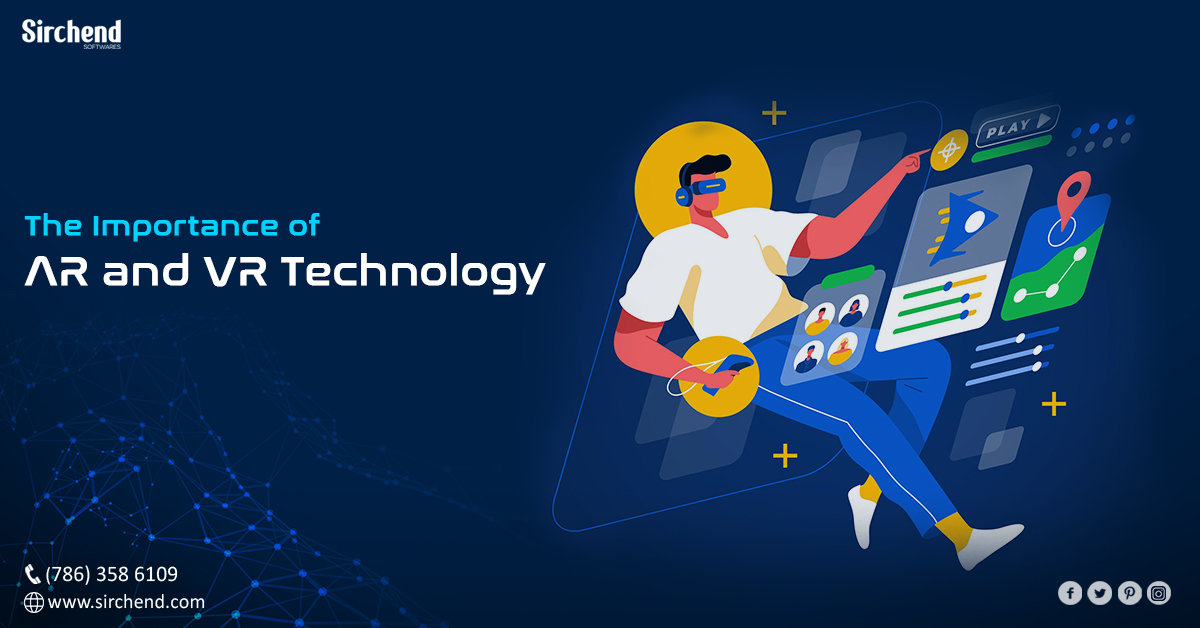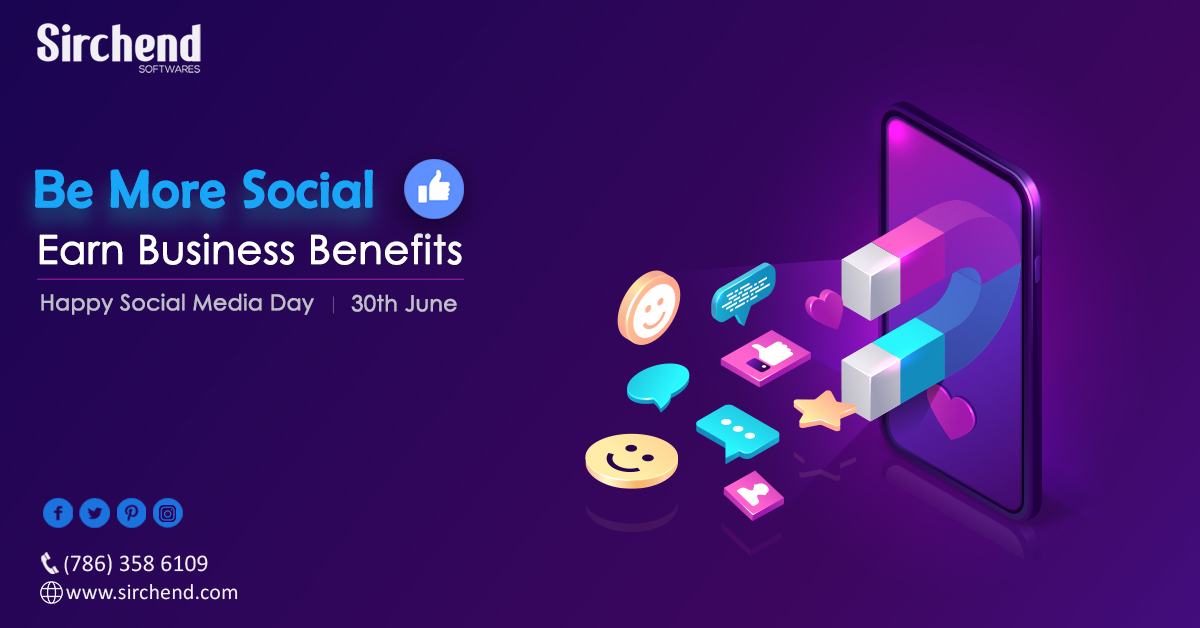Do you love to do promotions via Facebook Ads for ecommerce success of your site?
If not, you should think about it. Facebook Ads may be highly advantageous for E-Commerce companies, providing exceptional reach at a relatively moderate cost, especially compared to other platforms. However, having the correct tactics is critical to achieving these goals.
In this blog, we’ll get deep into the most effective ways to use Facebook ads for E-commerce success with a good strategy in 2021, including a discussion of tools and integrations and some examples to get you started.
How to Use Facebook Ads for E-commerce Success with a Good Strategy?
Working with clients on their PPC campaigns for the past five years, I’ve found that a significant proportion of small firms will begin publishing and running ads without ever having a simple plan.
They toss spaghetti at the wall to see what sticks, and they rapidly discover that a few good ideas aren’t enough to produce results.
It would help if you had a clear strategy that accounts for the entire Facebook Ads funnel that e-commerce brands want to use. This must consider how you will attract cold consumers, pique their interest, and finally guide them through the complete buyer’s journey until they are ready to convert.
Even if they are intrigued, most people will not convert the first time they encounter an ad from a brand.
They don’t know you, they have a subliminal suspicion of the brand, and they haven’t been persuaded that they genuinely require the goods.
However, after seeing the ad a few times with a combination of user evaluations, new images, and different pain areas emphasized, they may be persuaded and purchase. Using various tactics can assist accounts in targeting customers at each stage of the digital sales funnel to drive more total purchases.
That’s what we’ll look at in the next part.
The 8 Best Facebook Ads for E-commerce Strategies
There are other Facebook E-commerce strategy choices accessible, but let’s take a look at 8 of the most effective methods for E-commerce businesses in 2021, as well as examples of some of the best E-commerce plans. Each has its own Facebook advertisement.
Make use of Facebook’s Conversions API
The Conversions API on Facebook is a native business tool that allows businesses to track data on their website, store it on their servers, and then transmit it back to Facebook. It’s similar to how the pixel works to track data, but because it’s a different tool, you may avoid using the pixel entirely.
This was always useful, but it’s gotten more so after the iOS 14.5 ATT rollout. The ATT has had a direct impact on marketers’ ability to track opted-out iOS users’ mobile activities, as well as data monitoring and retargeting in general.
The good news is that, with the correct connectors, Facebook’s Conversions API is relatively simple to set up. LeadsBridge’s connection is simple to set up and provides you complete control over what data you want to publish via the API.
Make Use of Dynamic Ads
ATT’s significant influence on ad data is still a brilliant alternative for E-commerce firms.
Advertisers may use dynamic advertisements to slot data from different items.
Facebook will then analyze user data to select which product to show each user at any given time. This dramatically boosts relevance, and traditionally, these advertising have a high chance of success.
Even better, not only will your relevancy increase, but you will save a significant amount of time since you will no longer need to manually generate advertisements for each product in your inventory that you wish to market.
These advertisements are great for both cold targeting and retargeting, and they can be improved with both the tracking pixel and the Conversions API that we just described. If a person visits your site and looks at a product or even adds it to their shopping cart but does not convert, you can utilize dynamic retargeting campaigns to display the product in an ad.
Dynamic advertising, such as the Conversions API, is simple to put up with the correct integrations. Our active advertising integration provides you with several choices for creating more dynamic ads and optimizing the user data and revenues you receive.
We also provide dynamic ad integration, such as our Facebook WooCommerce connection and our Magento integration, to quickly input product catalogs and speed the ad production process. More information may be found here.
Don’t Limit Yourself to Retargeting
Retargeting is vital because it helps you re-engage with interested visitors, which generally leads to more excellent conversion rates at a reduced cost-per-click.
However, you should not limit your efforts just to retargeting. If you do this, your E-commerce brand’s Facebook Ads funnel will suffer since you won’t be able to pull enough individuals into the funnel to drive them through it. Users cannot be recaptured if they were never captured in the first place.
Make sure you’re reaching out to chilly audiences to broaden the top of your funnel. For a solid first impression, choose the story-driven, comprehensive product or video content, and consider employing lookalike audiences based on high-value custom audiences to engage with individuals most similar to those already customers.
Make Use of Mobile-Shot Visuals
Yes, you may omit the high-cost, professionally produced photos, and films for at least a portion of your marketing campaigns. Users are obsessed with authenticity right now, and mobile-shot graphics that appear to have been taken with a customer’s cell phone are all the rage.
For Stories Ads, in particular, Facebook suggests that marketers utilize mobile-shot photos and videos. Even though they are not user-generated content, these advertisements closely resemble it. While it’s a far cry from the uber-professional photographs we’re used to, mobile-shot material is currently performing well across all devices.
Prioritize mobile for everything
When running advertisements for your E-commerce firm on Facebook, you must approach it from a mobile-first standpoint. As of 2018, mobile accounted for 92 percent of Facebook’s ad income, and this trend is unlikely to change very soon.
This implies that the most excellent E-commerce Facebook Ads would be mobile-friendly.
The following factors should be taken into account:
Optimize your landing pages for mobile as well.
Put the most relevant information at the beginning of your article, as text on mobile cuts off sooner than it does on desktop.
Use graphics and videos that are vertical and mobile-friendly.
Take advantage of Instagram and Facebook Stories Ads.
Make Use of Automation Tools
While this may not appear to be a high-brow technique, adopting the appropriate tools may transform your ad development and management process more quickly than you might imagine.
Through WooCommerce, we provide integrations for Facebook Marketplace Ads, Dynamic Ads, Facebook’s Commerce Manager, and even Facebook Lead Ads.
Do you want your product catalogs to be automatically updated on Facebook whenever they are updated in WooCommerce or Magneto? We can assist you with this.
Want to be sure you’re remarketing consumers who abandoned their carts as soon as possible using dynamic ads? We can also assist with this.
See what’s possible by browsing our whole collection of Facebook integrations.
Take into account the ATT’s impact
All of your Facebook E-Commerce initiatives for 2021 must consider Apple’s App Tracking Transparency (ATT) upgrade.
We’ve covered this in various areas above, but it bears repeating because it’s a significant development in Facebook Ads.
The ATT gives iOS users the option to opt-out of off-platform data tracking. This means that if a person clicks on a mobile ad to your site but opts out of data monitoring, there’s no way to tell what they did after they arrived at your landing page. Perhaps they converted. Maybe they returned two weeks later and signed up for your email. In any case, you might not acquire that data, and you might not be able to retarget them.
The ATT will also affect ad optimization and delivery. To determine who should see which advertising, Facebook now examines user activities on and off the network.
This might imply that Facebook is no longer as successful in optimizing advertising as it once was.
You should be prepared for this now because the effects are already being felt.
In addition to pixel-based retargeting, leverage on-platform targeting such as video views, lead form submissions, and event involvement. To track data more efficiently, you’ll also want to take full use of Facebook’s Conversions API and leverage methods like posting offers with specific discount codes.
Take the Entire Funnel Into Account
The final crucial Facebook E-commerce plan to remember in 2021 is to account for the complete ad funnel.
Think about how you’ll attract consumers, pique their attention, and guide them through the funnel.
Here’s an example of a Facebook Ad E-commerce funnel, along with several examples:
Begin with a video ad that conveys your brand’s narrative, then retarget viewers who viewed at least half of the video for the next campaign.
This campaign’s next step should be to provide visitors with product training videos or relevant items with user reviews.
Based on clicks, retarget to present a lead ad or an ad with an offer or coupon code, whichever is most appropriate.
Set up a remarketing campaign based on abandoned carts.
Retarget users once they have converted to remind them about the referral program, product upgrades, or more purchases.
Create lookalike audiences based on your high-converting audiences to restart the cycle, providing you with a steady flow of people to drive down the funnel.
Final Thoughts
Facebook Ads for E-commerce Brands can generate many sales at a cheap cost. The potential for scalability is fantastic, and having the appropriate techniques in place makes it all feasible.
With these eight methods and your Facebook ad funnel in mind, begin your ad development process. You should be well on your way to high-converting advertising if you combine this with some comprehensive split testing and a little creativity.































